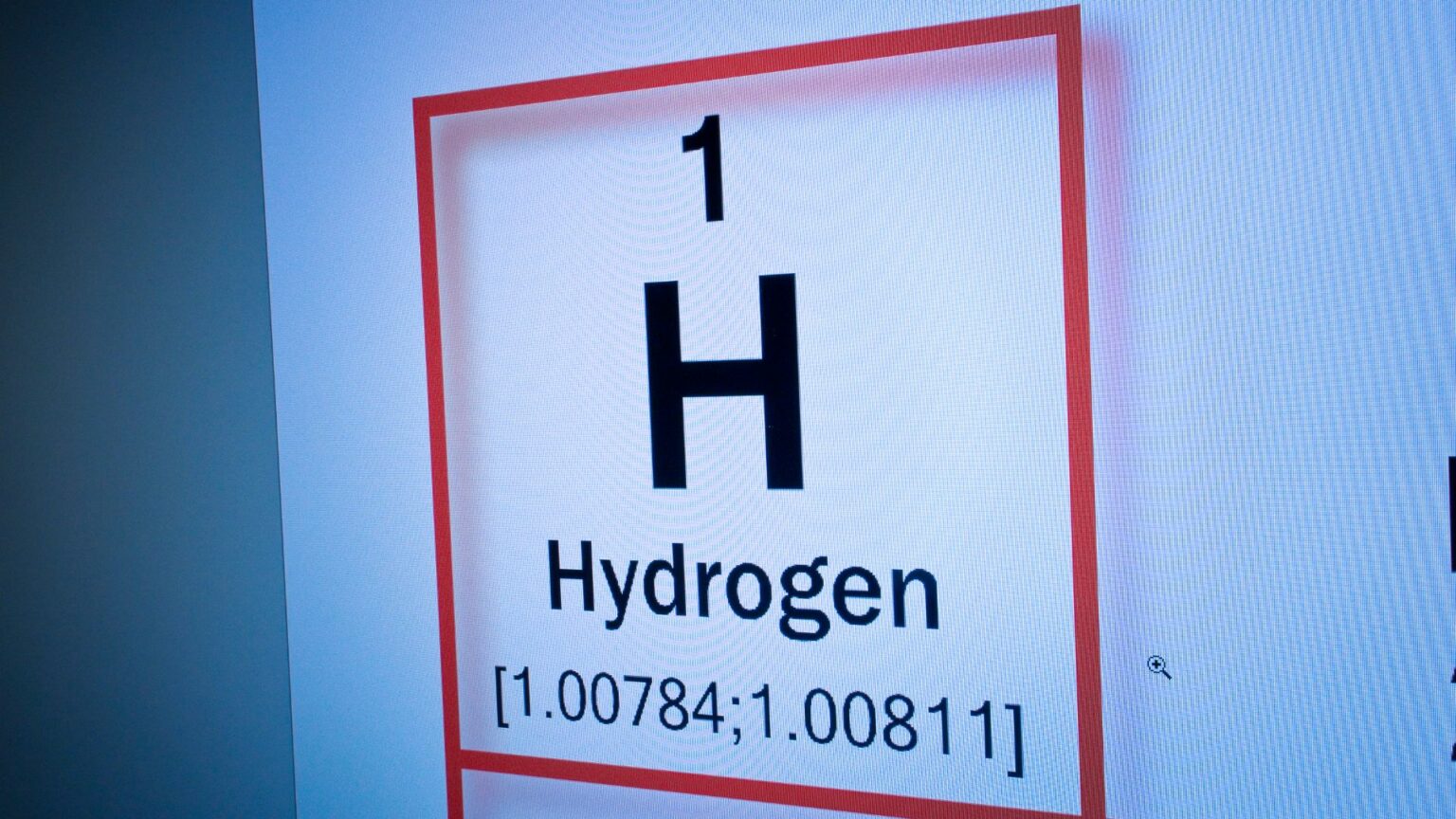The European Union’s commitment to increasing its renewable energy share to 42.5% by 2030 reflects an ambitious policy shift aimed at transforming its energy landscape.
A significant aspect of this strategy focuses on Renewable Fuels of Non-Biological Origin (RFNBOs), with renewable hydrogen playing a crucial role in decarbonizing industrial sectors such as steel and chemicals. However, the integration of hydrogen into the energy system presents several challenges and demands coordinated efforts from member states.
One core challenge is the high cost of renewable hydrogen. In 2023, the average cost of hydrogen production via electrolysis was approximately €7.9/kg. Despite expectations for cost reductions, achieving competitive pricing remains a formidable hurdle. Countries like Spain, however, are positioned to meet and even exceed the EU targets due to their robust infrastructure and relatively low industrial demand for hydrogen. Furthermore, Spain’s potential as a hydrogen exporter by 2030 sets an optimistic tone for the region.
Infrastructure development is another critical area requiring attention. Countries such as Germany have initiated extensive plans to build networks like the 9040-kilometer Hydrogen-core pipeline by 2032. These developments aim to ensure efficient transport and distribution of hydrogen. However, uncertainties regarding market conditions and demand flow loom large, highlighting the crucial need for integrated transport solutions and infrastructure support both nationally and across borders.
Member states exhibit varied levels of progress in meeting the EU’s hydrogen production targets. Poland, for instance, demonstrates a reliance on grey hydrogen production, facing logistical challenges in developing a decentralized hydrogen system. The country plans to leverage the Article 22b exemption, focusing on enhancing power market policies rather than directly addressing renewable hydrogen production, which remains in its nascent stages.
Additionally, meeting the target demands a sophisticated regulatory framework. The RED III directive introduces new industry mandates for renewable hydrogen adoption, with implications that are yet to be fully understood as they depend on national execution. Delayed regulatory approval processes across the EU further complicate the situation, potentially impacting the timely deployment of renewable hydrogen technologies.
Funding is another pressing issue, with uneven distribution of financial resources across the EU. A substantial portion of funding, particularly from Important Projects of Common European Interest (IPCEI), is concentrated in only a few member states like Germany and France. This creates a risk of market fragmentation and necessitates strategizing for balanced support across regions to meet both domestic and EU-wide RED III demands.
The EU’s ambitious renewable hydrogen targets thus present a complex blend of challenges and opportunities. The progress of member states in addressing infrastructure, regulatory, and cost barriers will dictate the pace of the hydrogen transition. As countries align their national policies with EU objectives, strategic focus on infrastructure development, regulatory clarity, and cross-border cooperation will be vital in realizing the full potential of renewable hydrogen in Europe’s green energy shift.
Stay updated on the latest in energy! Follow us on LinkedIn, Facebook, and X for real-time news and insights. Don’t miss out on exclusive interviews and webinars—subscribe to our YouTube channel today! Join our community and be part of the conversation shaping the future of energy.





